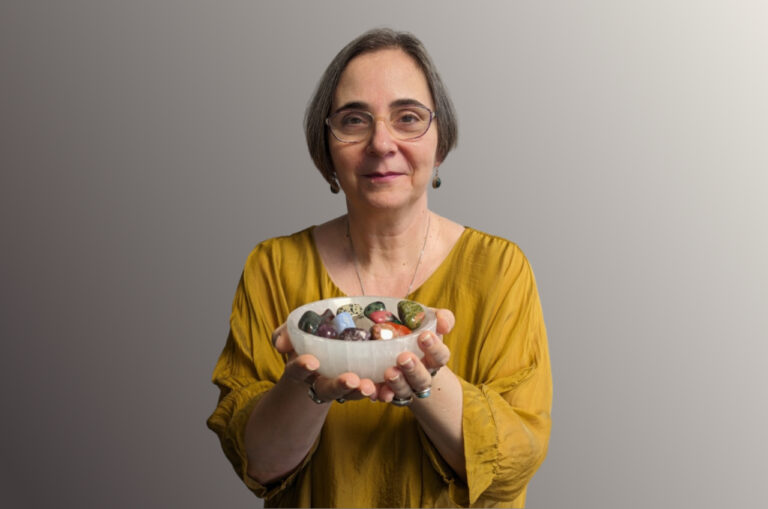The Seven Crystal System
In this world, change is the only constant, and even the rocks that seem to be unchanging are in a state of constant transformation. The changes that rocks undergo occur over vast timescales and are often imperceptible to the human eye.
However, when it comes to minerals and crystals, their transformation is a more dynamic process. They are constantly changing through a range of forces such as pressure, heat, time, weathering, and metamorphosis. These transformations result in the formation of perfectly organized patterns, known as crystal lattices, which give rise to the unique shapes of crystals and precious gems.
The origin of the concept of crystal structures dates to the 17th century when Danish naturalist Nils Stensen published his research on the mathematical regularity of crystals. A hundred years later, French teacher Rene-Just Hauy developed a theory on the structures of crystals. He proposed that crystals possess geometric shapes that are present in the arrangement of their atoms and molecules. The characteristic that differentiates crystals and precious gems from ordinary rocks is the regularity of their shapes in their naturally grown state.

The perfectly organised patterns of crystal lattices are formed due to the electromagnetic forces holding them together, as well as the pressure surrounding them that allows for no waste of space. It is the task of filling out a shape without leaving empty spaces that leads to a geometrically arranged pattern of a square, hexagon, triangle, rectangle, rhombus, parallelogram, or trapezium. No other shape offers the ability to be combined in a 2D surface or a 3D space without leaving gaps between the patterns. Thus, crystal lattices can only be square, triangular, hexagonal, and so forth.
Crystal Power Crystal Healing
Michael Gienger, in his book “Crystal power crystal healing,” identifies seven crystal classifications that are the result of the crystal lattice shapes they possess. These are the cubic, hexagonal, trigonal, tetragonal, orthorhombic, monoclinic, and triclinic crystal systems, known as the seven-crystal system.

The cubic crystal system, for instance, can be found in the shape of cubes such as diamonds, fluorite, pyrite, magnetite, garnet, or lapis lazuli. On the other hand, a hexagonal crystal system is based on a hexagonal inner lattice and can be found in aquamarine, beryl, apatite, emerald, and morganite. Trigonal crystal systems have a triangular inner lattice and are found in tourmaline, amethyst, rock crystal, citrine, smoky quartz, ruby, sapphire, calcite, and rhodochrosite. The tetragonal crystal system includes crystals with a tetragon as their lattice, such as apophyllite, rutile, and zircon. The orthorhombic crystal system comprises minerals with a rhombic inner structure, such as aragonite, peridot, and topaz.
The monoclinic crystal system has an inner lattice in the shape of a parallelogram and is found in selenite, azurite, epidote, nephrite, moonstone, kunzite, and lepidolite. The triclinic crystal system refers to crystals with an inner structure in the shape of a trapezium and can be found in amazonite, rhodonite, labradorite, turquoise, and sunstone.
The Exception from the Rule
Apart from these seven crystal systems, there is another category of minerals known as amorphous crystals. These crystals lack a crystalline structure but are still classified as crystals. Amber, a solidified resin, obsidian, a volcanic glass, and opal, a conglomerate of tiny silica spheres, are examples of amorphous crystals that confer unique properties to the wearer.
In conclusion, crystals possess a unique structure that arises from the regularity of their crystal lattices. The seven crystal system identifies seven classifications based on the shapes of the crystal lattices, which are responsible for the unique properties of each crystal.
Thank you for showing up. It is all that matters. Love and Light.



